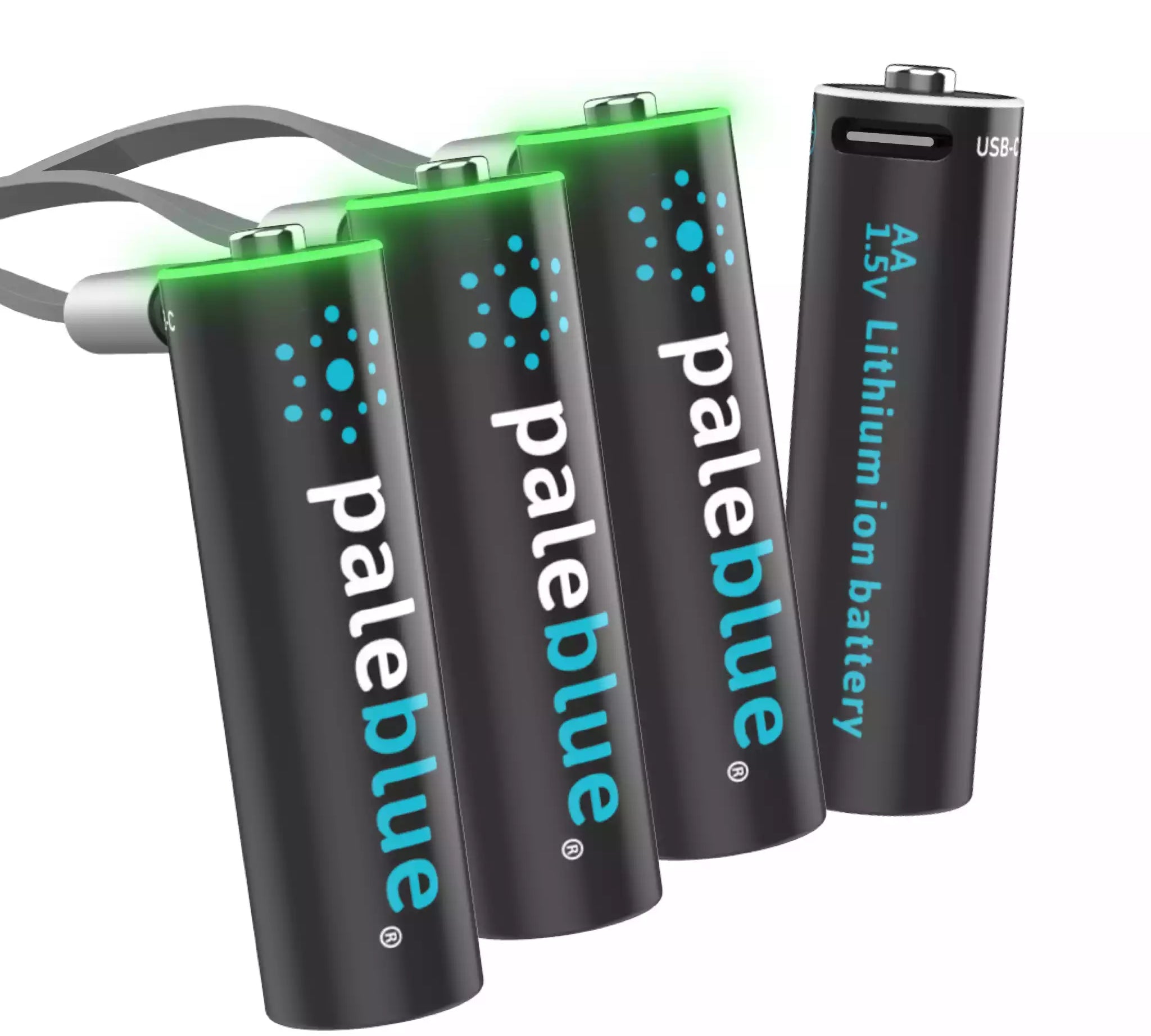Form Factor Isn't the Only Difference Between Battery Types

As battery makers gradually roll out new USB-C models, there has been greater discussion about different form factors. The most common form factors for consumer batteries are AA, AAA, C, D, and 9-volt, although there are many others such as 18650 and CR123A. But have you ever stopped to consider that form factor is just one difference battery manufacturers have to work with in optimizing their products for customers and the market?
Not all lithium-ion batteries are identical, of course. Batteries’ sizes and shapes obviously differ, but so does battery chemistry, voltage, max output current and other important details. Different chemicals do different things. As such, manufacturers devise specific chemical formulas depending on what it is they are trying to accomplish.
Here is a short list of some of the things manufacturers take into consideration when designing the battery chemistry for their products:
Single Charge Life
Our USB-C rechargeable batteries can be recharged 1000+ times. Each cycle provides a certain amount of energy for a certain length of time. Manufacturers consider this based on how their batteries will be used. For example, take your cell phone. It is considered a low power device. It needs a battery capable of delivering a little power for a long time.
Some of the newest phone batteries can go for days without being recharged as long as calls are kept to a minimum. Even with regular calling, a new battery should last a full day.
Battery Types and Power Needs
Where phone batteries deliver a small amount of power for a long time, other batteries have to produce more power for a shorter amount of time. A good example is the lithium-ion battery that powers a cordless drill. That drill is considered a high-power device. In order for it to be effective, it needs to have a lot of power with every use. Therefore, its battery has to be designed differently than a battery for your phone.
Number of Recharge Cycles
Battery chemistry influences the number of charging cycles a battery offers. This is vitally important to the consumer market. Paleblue Earth USB-C batteries are designed to offer the best of both worlds. Our design maximizes the number of cycles you get without compromising energy delivery. Other types of batteries might be designed to maximize power output while sacrificing charge cycles.
Environmental Conditions
Environmental conditions play a role when batteries are used in devices outside of controlled environments. As you know, lithium-ion batteries are sensitive to high temperatures. Their performance can also be hampered in extreme cold. Manufacturers have to consider how their batteries are used so as to engineer battery chemistry appropriately.
Consumer Needs
Above all, manufacturers must consider what the consumer needs. There is no point in making the best lithium-ion batteries in the world if no one is going to buy them. That is clearly seen in our batteries. Rechargeable lithium-ion cells for the consumer market are purposely designed to compete with single-use alkaline batteries. That is the market we are addressing as we try to move the world beyond disposable batteries.
Other markets, like the electric vehicle market, present different needs. For starters, consumers want car batteries to give electric vehicles a range equivalent to their gasoline-powered cars. They will not buy electric vehicles otherwise. This is why car manufacturers are working so hard on building batteries that can deliver sufficient power for hundreds of miles between charges.
Not all lithium-ion batteries are the same. They are engineered in specific ways to meet specific needs. To say that form factor is just one thing manufacturers have to think about is an understatement. They must consider battery life, power delivery, the number of charging cycles, consumer needs, and more.







